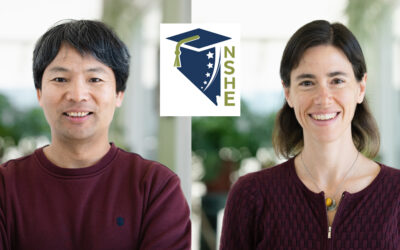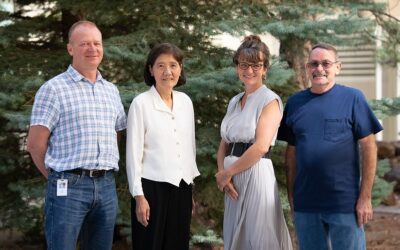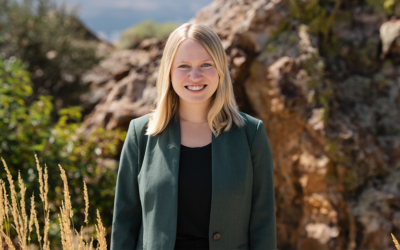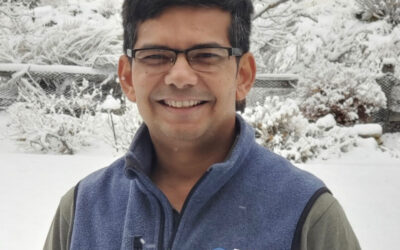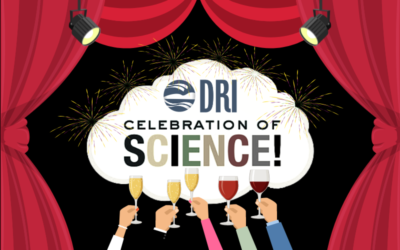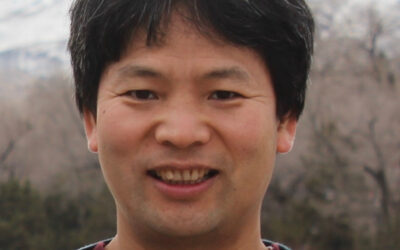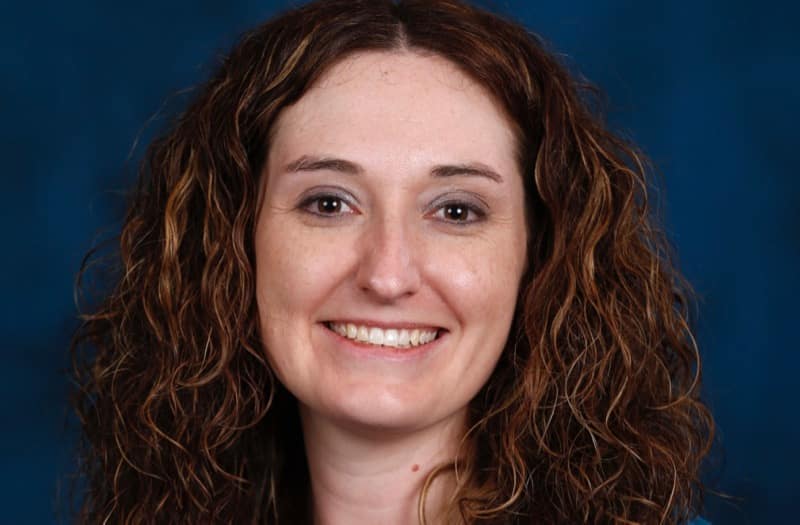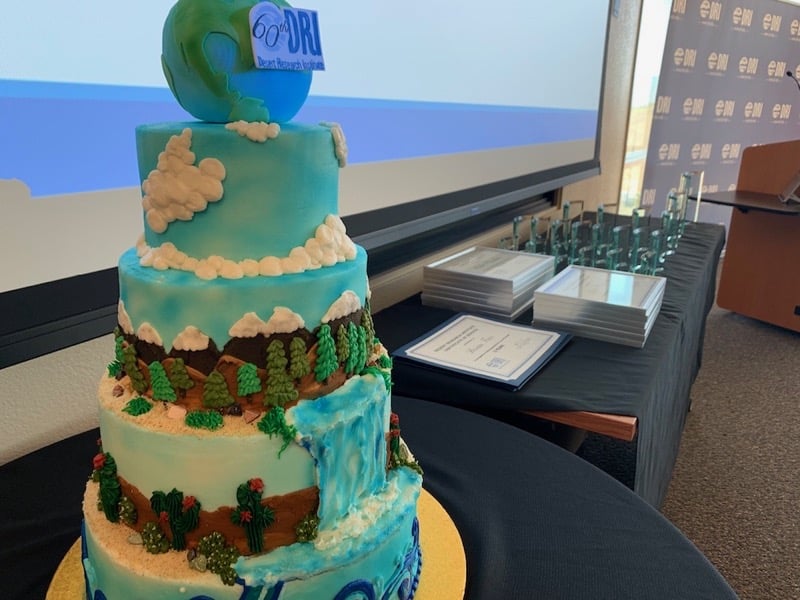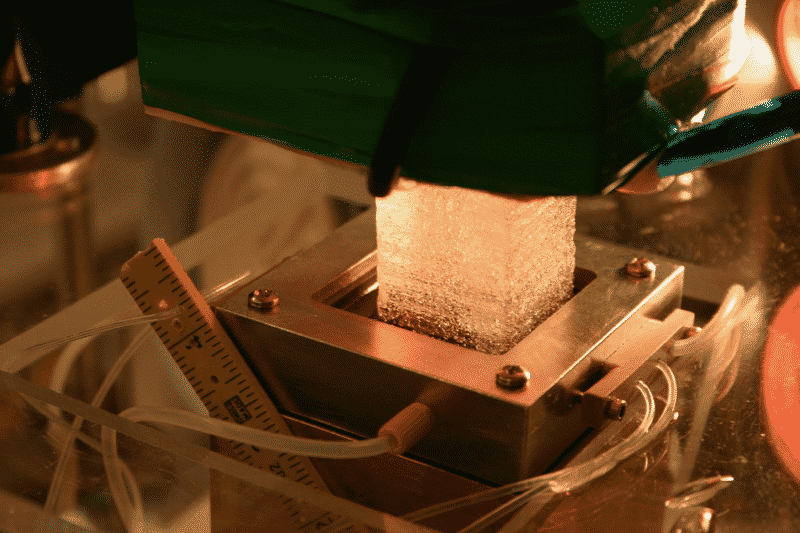Nevada System of Higher Education (NSHE) Board of Regents awards Xiaoliang Wang, Ph.D., with the 2024 Mid-Career Researcher Award and Gabrielle Boisramé, Ph.D., with the Rising Researcher Award
Annual Awards Presented to DRI Faculty and Staff at 2023 Celebration of Science
On September 26 & 28, DRI held awards and recognition ceremonies at our Reno and Las Vegas campuses to honor eleven scientists and staff members for their achievements. Along with the below awardees, several faculty and staff were recognized for their long-term service to DRI for up to 25 years.
DRI Recognizes Andrea Gordon as the 2023 Peter B. Wagner Memorial Award-Winner for Women in Atmospheric Sciences
DRI is pleased to announce that the 25th annual Peter B. Wagner Memorial Award for Women in Atmospheric Sciences has been awarded to Andrea Gordon of the University of Oklahoma. An award ceremony commemorating her achievement was held at the DRI campus in Reno on Sep. 21, 2023.
DRI scientist Rishi Parashar receives NSF Mid-Career Advancement Award
Meet Rishi Parashar, Ph.D., who recently received a National Science Foundation (NSF) Mid-Career Advancement Award, and learn about his research in this Q&A with “DRI’s Behind the Science” Blog.
Meet Alison Swallow, DRI’s 2021 Technical Employee of the Year
The recipient of DRI’s 2021 Technical Employee of the Year Award is Alison Swallow, the Project Coordinator for DRI’s Office of External Affairs and Communications. Get to know Alison in this Q&A!
DRI Honors Outstanding Contributions of Faculty and Staff at 2021 Celebration of Science
Each year, the Desert Research Institute (DRI) honors the incredible commitment and dedication of our faculty and staff through an award ceremony called the Celebration of Science. This year’s event was held virtually and recognized the winners of this year’s Nevada...
Xiaoliang Wang Receives 2020 Benjamin Y. H. Liu Award for Aerosol Research
Reno, Nev. (Oct 7, 2020) – Xiaoliang Wang, Ph.D. of the Desert Research Institute (DRI) in Reno, Nev. is the winner of this year’s Benjamin Y. H. Liu Award from the American Association of Aerosol Research (AAAR). He was recognized for this honor today at a virtual...
Meet Julie Albright, DRI’s Technologist of the Year
The cutting-edge scientific research that happens at DRI wouldn't be possible without the Institute's many technologists: non-faculty employees who have special technical experience and training to support instrumentation design, laboratory and fieldwork,...
DRI Internal Award Winners 2019
At our annual Celebration of Science event in September 2019, we recognized our incredible DRI family. In addition to honoring faculty and staff celebrating service milestones with the Institute, we also presented internal awards to some of our outstanding faculty and...
DRI ice core research makes Discover magazine’s list of top breakthroughs in 2018
Reno, Nev. (Thurs. January 17th) - For the second time, research out of the Ultra-trace Ice Core Chemistry Laboratory at the Desert Research Institute (DRI) in Reno, Nevada, has been named one of the year’s biggest scientific discoveries by Discover magazine. The...
